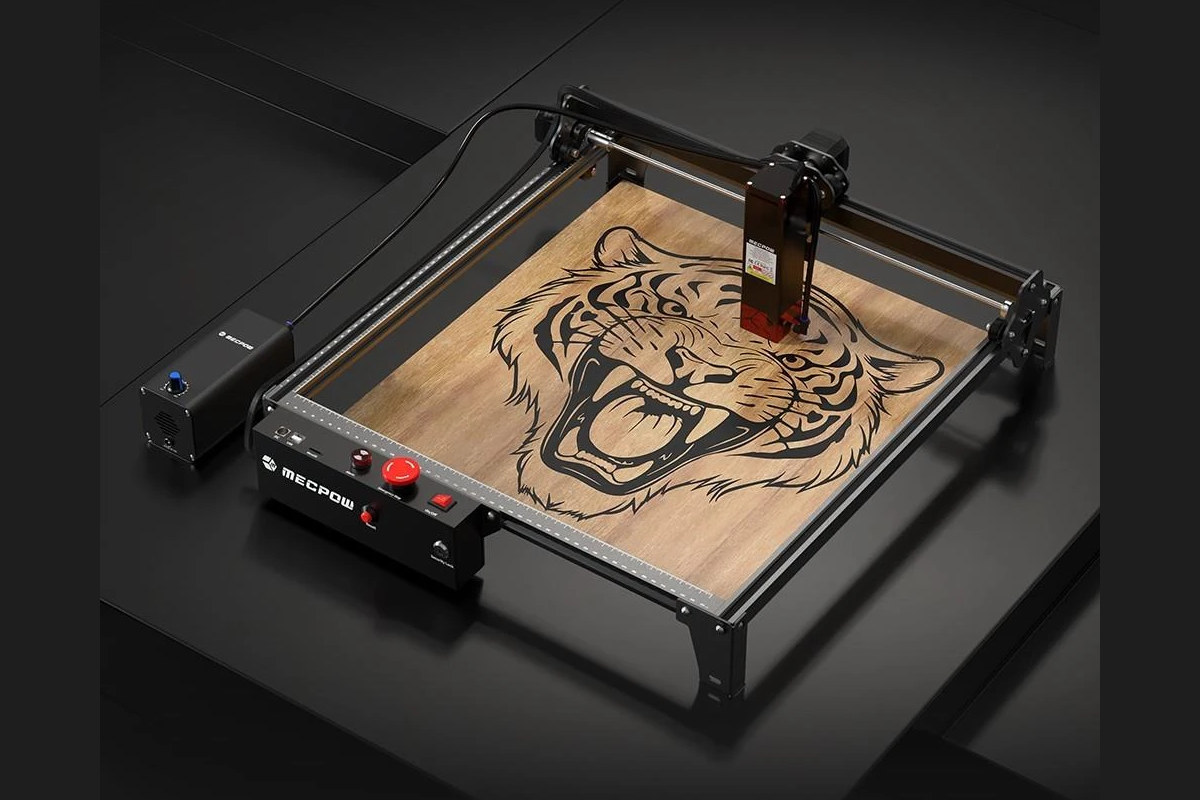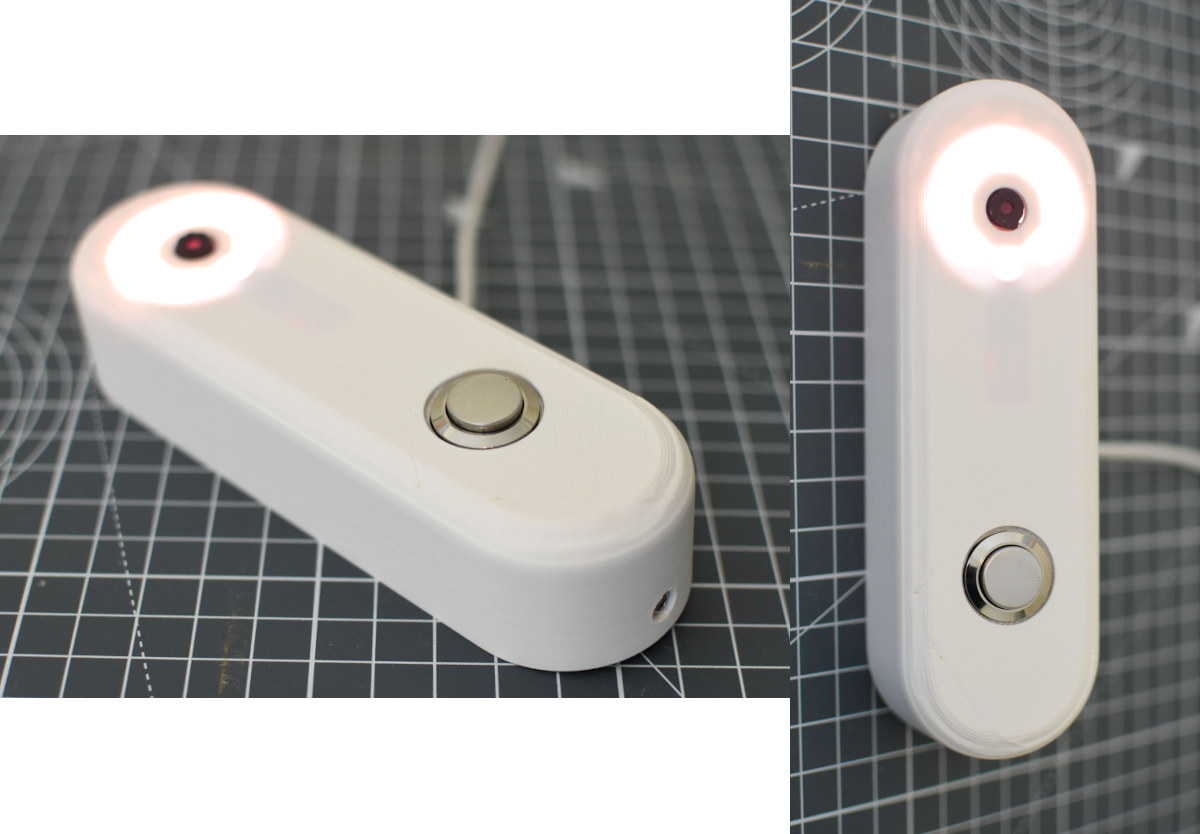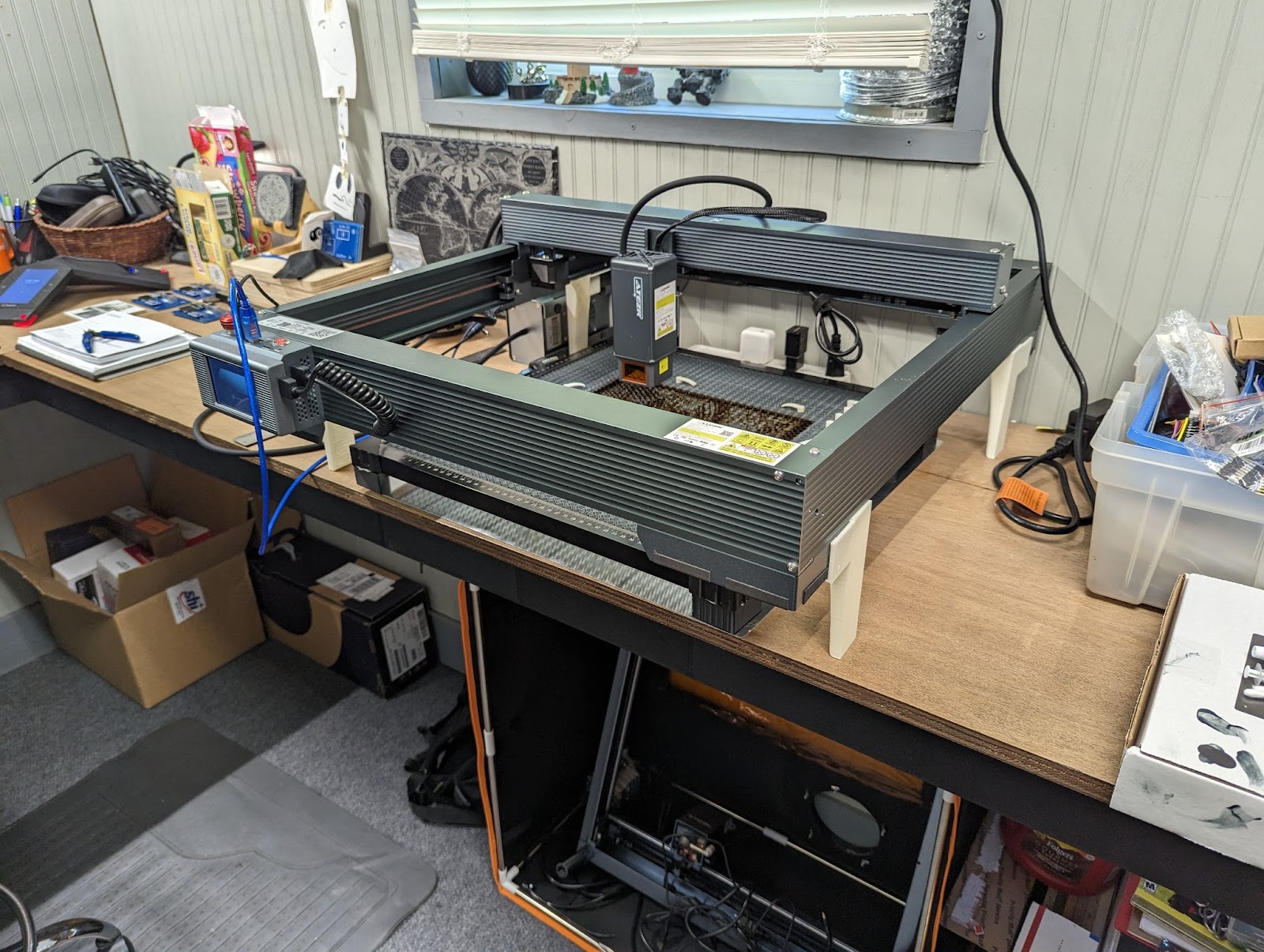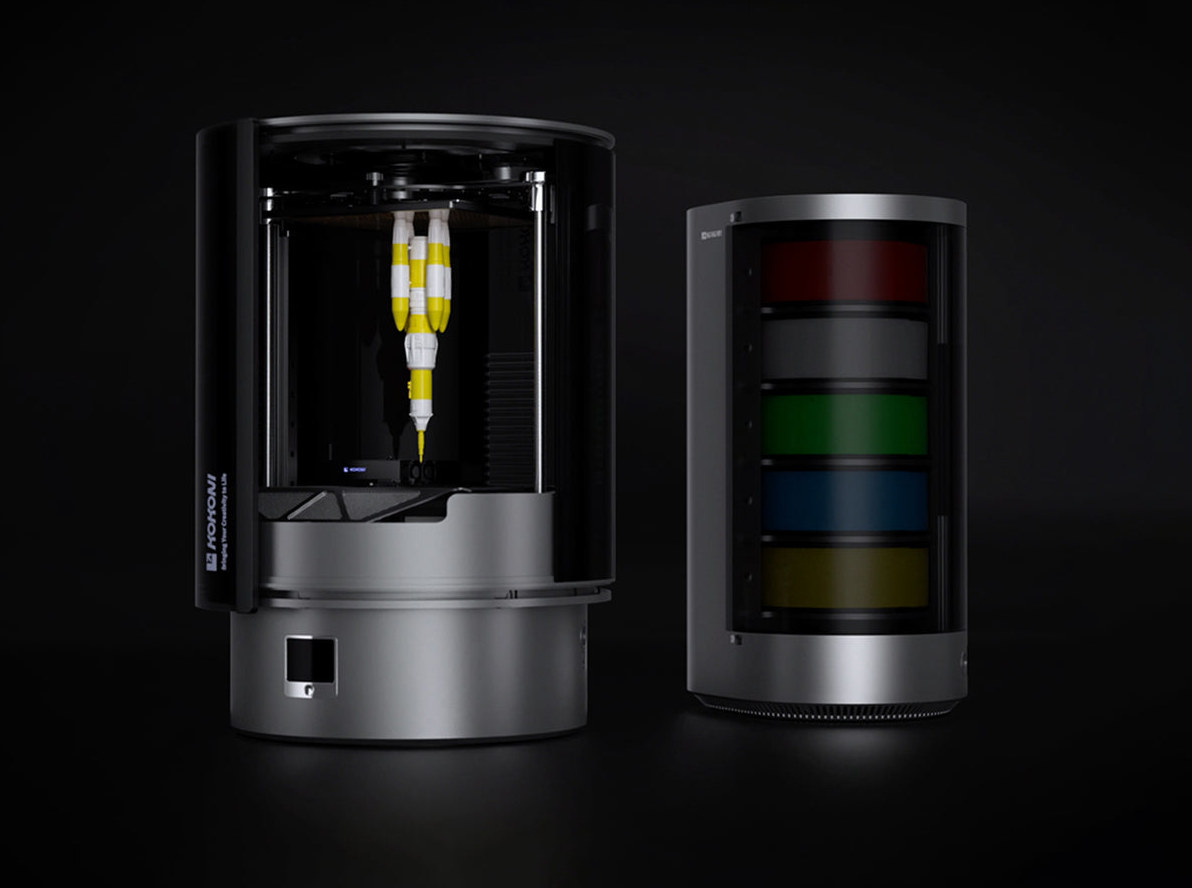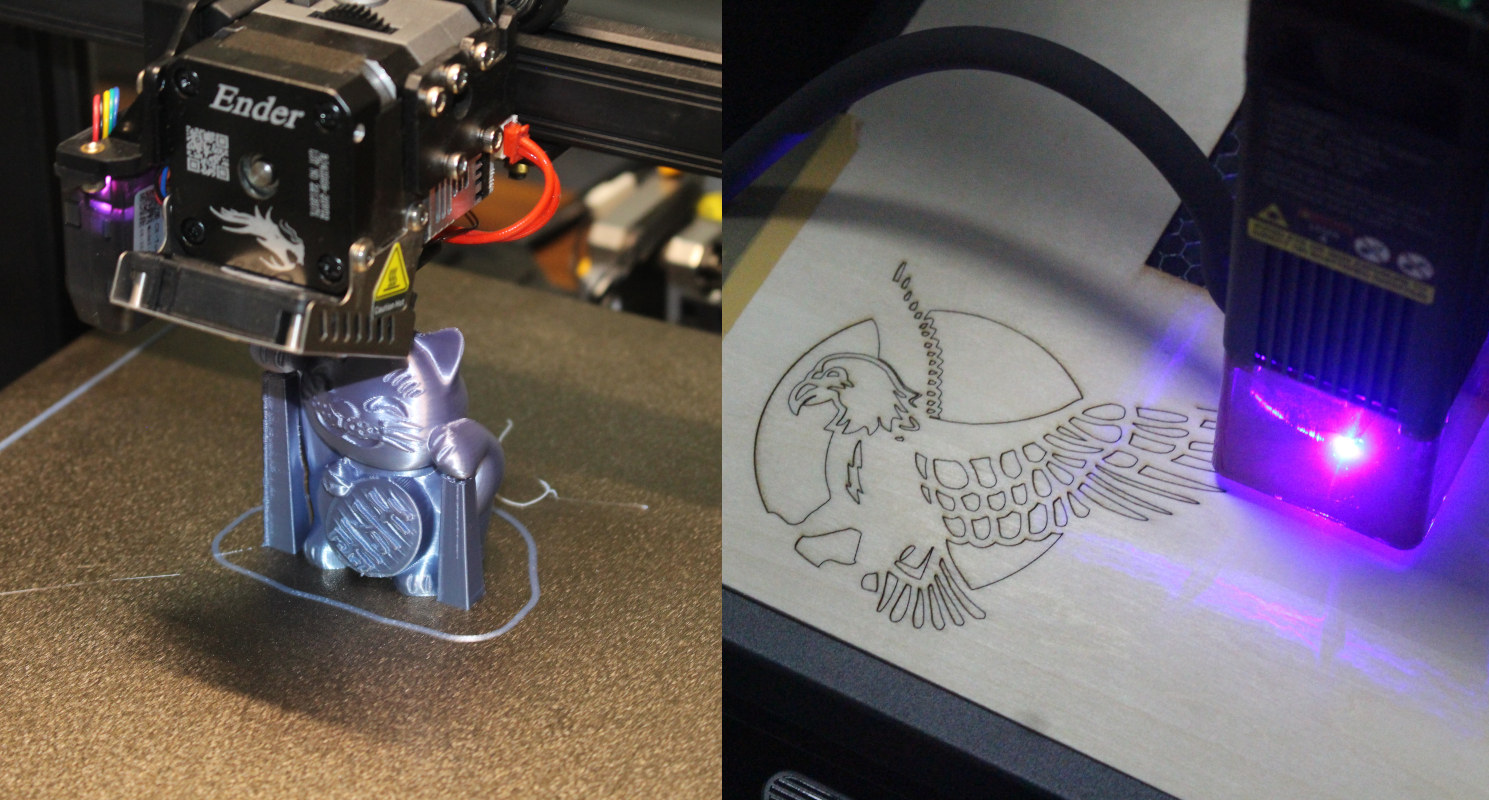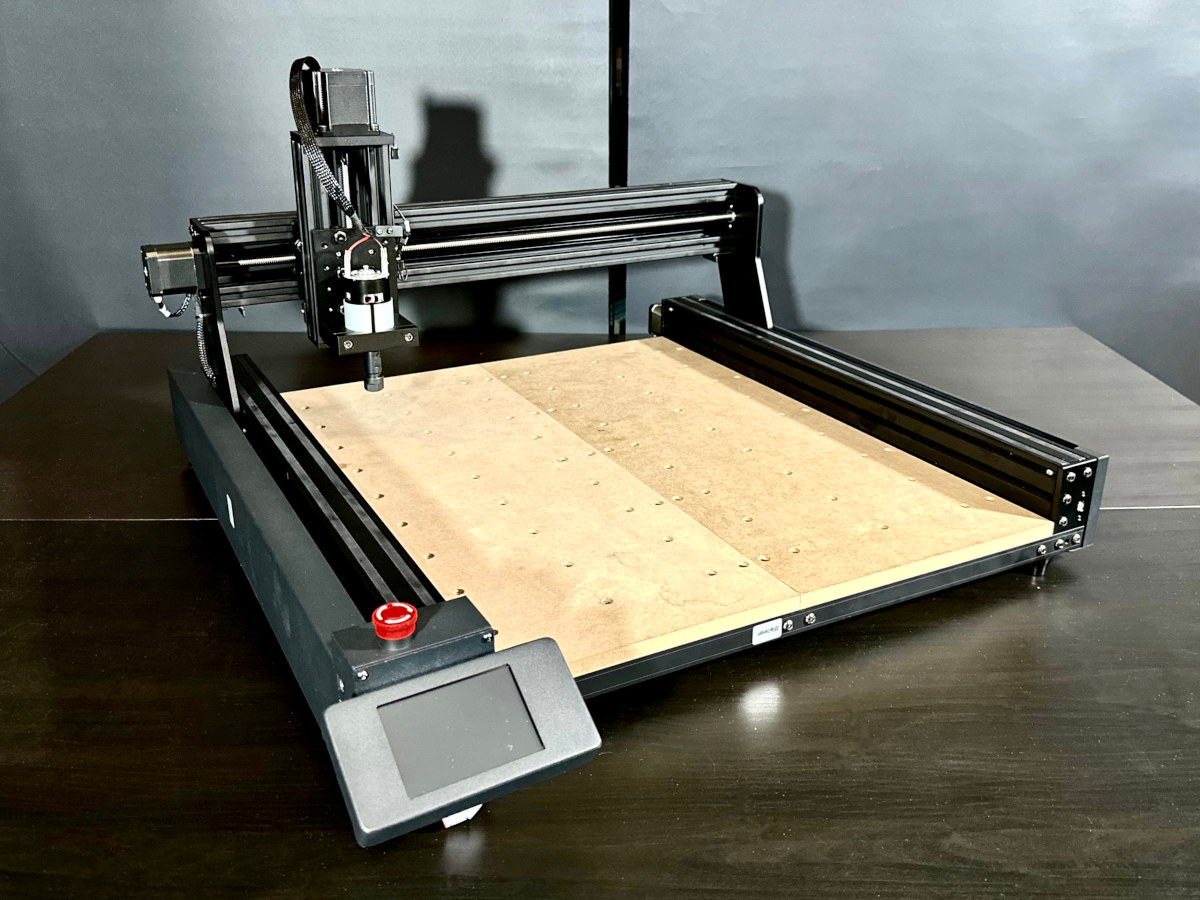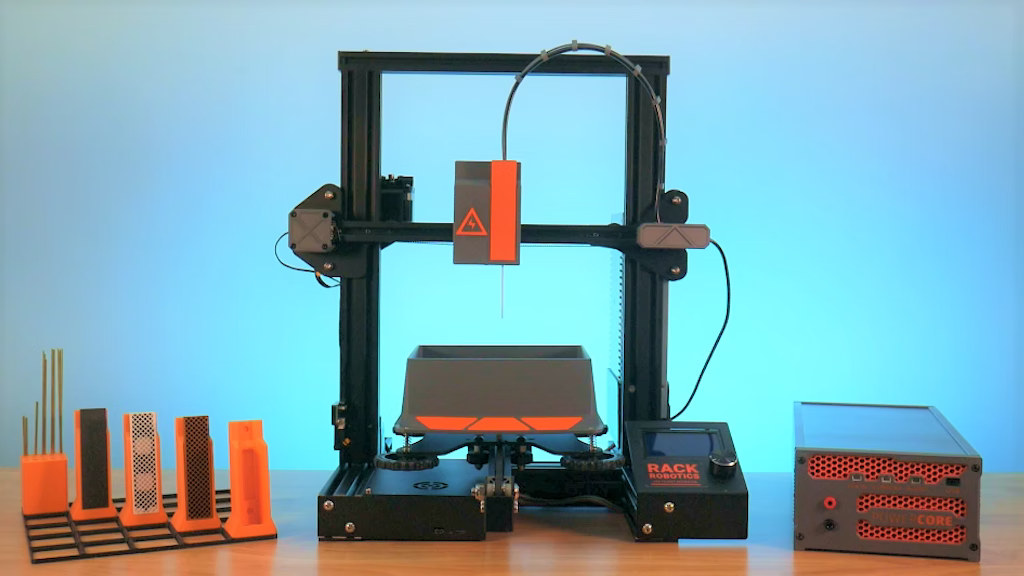Mecpow X3 Pro is a 10W laser engraver with an air assist kit to improve both the cutting accuracy and quality since it prevents the formation of soot on the surface of the material by removing debris and smoke for a cleaner cut or engraving. The laser engraver offers a wide 410x400mm working area that can be extended up to 750x400mm with an additional kit, precise engraving and cutting with 0.01mm accuracy, and plenty of safety features to protect the users such as an emergency button, fall detection, a flame sensor, etc… Mecpow X3 pro highlights: Laser – 10W diode laser with fixed focus Engraving accuracy – 0.01mm Focus spot – 0.06×0.08mm Engraving area – 410 x 400 mm. An optional extended kit is also available bringing that to 750 x 400mm Safety Sensors – Flame sensor and gyroscope for tilt alarm to stop the machine’s operation in the event […]
Privacy-focused DIY video doorbell leverages ESP32-CAM board, ESPHome firmware, Home Assistant
Seeing the lack of privacy-focused video doorbells on the market, Tristam (aka ThatGuy) decided to design his own doorbell with an ESP32-CAM board purchased from Amazon and flashed with ESPHome open-source firmware for easy integration with Home Assistant so there’s no need to rely on third-party cloud services. The DIY design also comes with other off-the-shelf parts with a momentary push button, a 10kΩ resistor, an RGB LED ring light, M2.5 brass inserts and screws, and a 10-meter micro USB cable all of which can be purchased from Amazon or another shop. He also needed eSUN white PETG filament to 3D print the custom plastic enclosure. The assembly requires two wires to the push button for 3.3V and GPIO 14 pulled to the ground with the 10k Ohm resistor and three wires to the RGB LED ring (5V, GND, GPIO15). Tristam notes the RGB LED ring is optional, and the […]
Atezr V35 review – A 35W laser engraver
Karl here. Today let’s look at the Atezr V35 35W diode laser engraver. Atezr is new to the market, at least I am just becoming aware of them, and they asked for a review of one of their machines. This fell in line with the laser power meter project I have been working on, so I accepted, hoping to further along that progress. My goal is to validate the 35W power spec. First, this is 35W optical power….not just the power consumed. You have to be very careful today when shopping for laser engravers. I hate this trend where manufacturers are highlighting total power consumption in marketing materials. This spec is prominently shown in an attempt to trick the consumer into thinking the laser is more powerful than they are. Until starting this review I thought the optical power limit for a single diode laser was 5.5W. I asked Atezr […]
KOKONI SOTA 3D printer handles 600mm/s prints, 7-color printing (Crowdfunding)
KOKONI SOTA 3D printer with an inverted design (the printing head is under the hotbed) that supports printing speeds of up to 600mm/s, as well as 7-color printing through a filament tower adding support for 5 extra filament rolls. The upside-down design was made to move motors and rails to the bottom base of the printer to lower the center of gravity and help improve stability, reduce the vibration to virtually nothing, and enable the faster printing speed. KOKONI also says the SOTA 3D printer offers 0.1mm accuracy thanks to AI radar detection and error compensation and operates relatively silently at 30dB one meter from the 3D printer. KOKONI SOTA specifications: Printing size – 200 x 200 x 200 mm XY axis – Linear rail Z-axis SOTA Lite – Lead screw SOTA – High-precision ball screws Drive motor SOTA Lite – high-speed stepper motor SOTA – Closed-loop motor with magnetic […]
Creality Ender-3 S1 Pro review – Part 2: Engraving and 3D printing
Earlier this year, I received the Creality Ender-3 S1 Pro 2-in-1 3D printer & laser engraver and in the first part of the review, I showed the package content and how to assemble the system either to use it as a 3D printer or a laser engraver, but didn’t start it at the time. I’ve now had time to play with both laser engraving (less luck with cutting) and 3D printing, so I’ll report my experience in the second part of the review. Creality Ender-3 S1 Pro laser engraving Since in the last part of the review I had the 10W laser module installed on the 3D printer, I decided to start the testing with laser engraving and cutting. Contrary to the TwoTrees TS2 laser engraver I reviewed last year, the Creality Ender-3D S1 Pro laser engraving kit does not support autofocus, so I used the provided multi-level fixed-focus bar […]
Review of TwoTrees TTC 450 CNC router machine with 80W and 500W spindles
TwoTrees TTC 450 is a CNC router machine for precision cutting with a working area of 460x460x80 mm. The machine can handle 2D and 3D, 3-axis X, Y, Z movement, features a 32-bit microcontroller, a touchscreen control display, and supports WiFi network connection. The TTC 450 can also read files on an SD card for offline operation, and workpieces can be made of a variety of materials such as wood, acrylic, Plastwood, carbon fiber sheet, aluminum, metal, and various engineering plastic materials. TTC 450 CNC router specifications Work Area – 450 x 450 X 80 mm Body Material – Metal frame & Aluminium 4080U Profile Drive System – Translation screw drive with double Y-axis system Mainboard – DLC32 V2.1 (ESP32-based as found in TwoTrees TS2 laser engraver) Stepper Driver – A4988 1.3A Stepper Motors – 17HS8401S, NEMA23 20mN.m Spindle – 74W, 8000RPM Max Speed – 800mm/Min Running Accuracy – +/-0.1mm […]
Convert your 3D printer into a metal cutting machine with an Electrical Discharge Machining kit (Crowdfunding)
Rack Robotics’ Powercore is an Electrical Discharge Machining (EDM) kit that converts your existing 3D printer (or CNC router) into a machine capable of cutting high-precision and detailed metal parts. We’ve already seen 2-in-1 3D printers and laser engravers such as the Creality Ender 3 S1 Pro, but while this type of machine can usually cut plywood or engrave stainless steel, the laser is not powerful enough to cut through aluminum. The Powercore EDM kit changes that by enabling the cutting of aluminum parts up to 4mm thick, although aluminum sheets that are 1mm or thinner are recommended. But before we get into Powercore details, what is Electrical Discharge Machining exactly? Engineers Edge explains: Electrical Discharge Machining, EDM is one of the most accurate manufacturing processes available for creating complex or simple shapes and geometries within parts and assemblies. EDM works by eroding material in the path of electrical discharges […]
xTool D1 Pro 20W Review – Mandala Art with a 20W laser engraver and cutter
Hey Karl here. I am going to be sharing my experience with the xTool D1 Pro 20W. It is a 20W laser cutter/engraver with a 340x390mm working area. It has been heavily reviewed and I will comment on a few points I have not seen spoken about. I join a lot of Facebook groups for these reviews to get real-world feedback and ideas to write about. With nearly all forms of digital fabrication, I regularly read about misconceptions and frustration that stem from unknowingly purchasing a machine that requires a substantial amount of time and patience to learn. For this review, I kept a daily log and will summarize the time it took me to complete one project. I did get sidetracked on a few aspects and will take that time out. I am excited to share the results of the laser power testing I have been doing. Logs will […]


